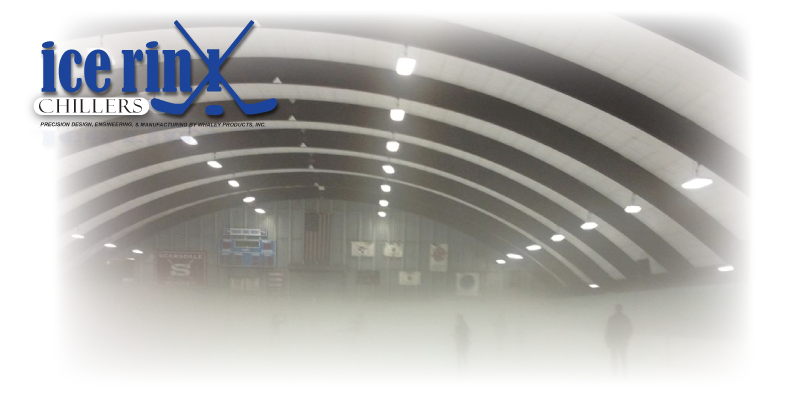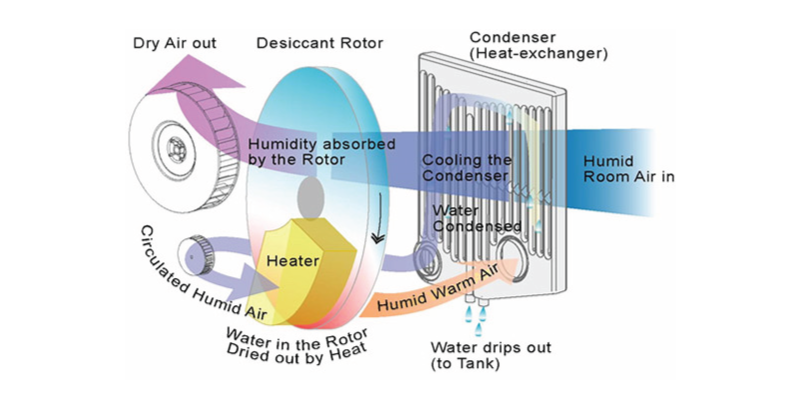The climate of the ice rink facility directly affects the ice sheet. The largest source of heat transfer to the ice sheet comes from the air surrounding it. The temperature of the air and its relative humidity can completely change the ice surface. (The majority of ice rinks operate at 35⁰F dew point, with air temperatures between 55⁰F-65⁰F.) Humidity is probably the greatest enemy to the facility. Humidity causes fog, condensation, drips, fungus and mildew, peeling paint, rusting, corrosion, and poor ice.
The humidity comes from the ambient outside air introduced to the facilities climate. This happens through the ventilation system and when people enter and exit the building. In most cases the internal climate is vastly different from the outside climate. When the two meet it causes humidity inside the facility to increase causing condensation. There are five ways to prevent humidity from outside air contamination.
– Designing a tight building envelope
– Inserting a vapor barrier outside of the insulation layer
– Installing Low Emissivity ceilings
– Avoid West facing windows
– Create vestibule with air lock
– Correctly size mechanical dehumidification systems
Desiccant dehumidification systems are popular thought the rink industry. They have the ability to lower the dew point in the facility and control the relative humidity. Ice rinks specifically utilize heat recovering desiccant systems. This system works by removing the water from the air before it is circulated into the arena. The diagram below shows how the filter removes humidity.


